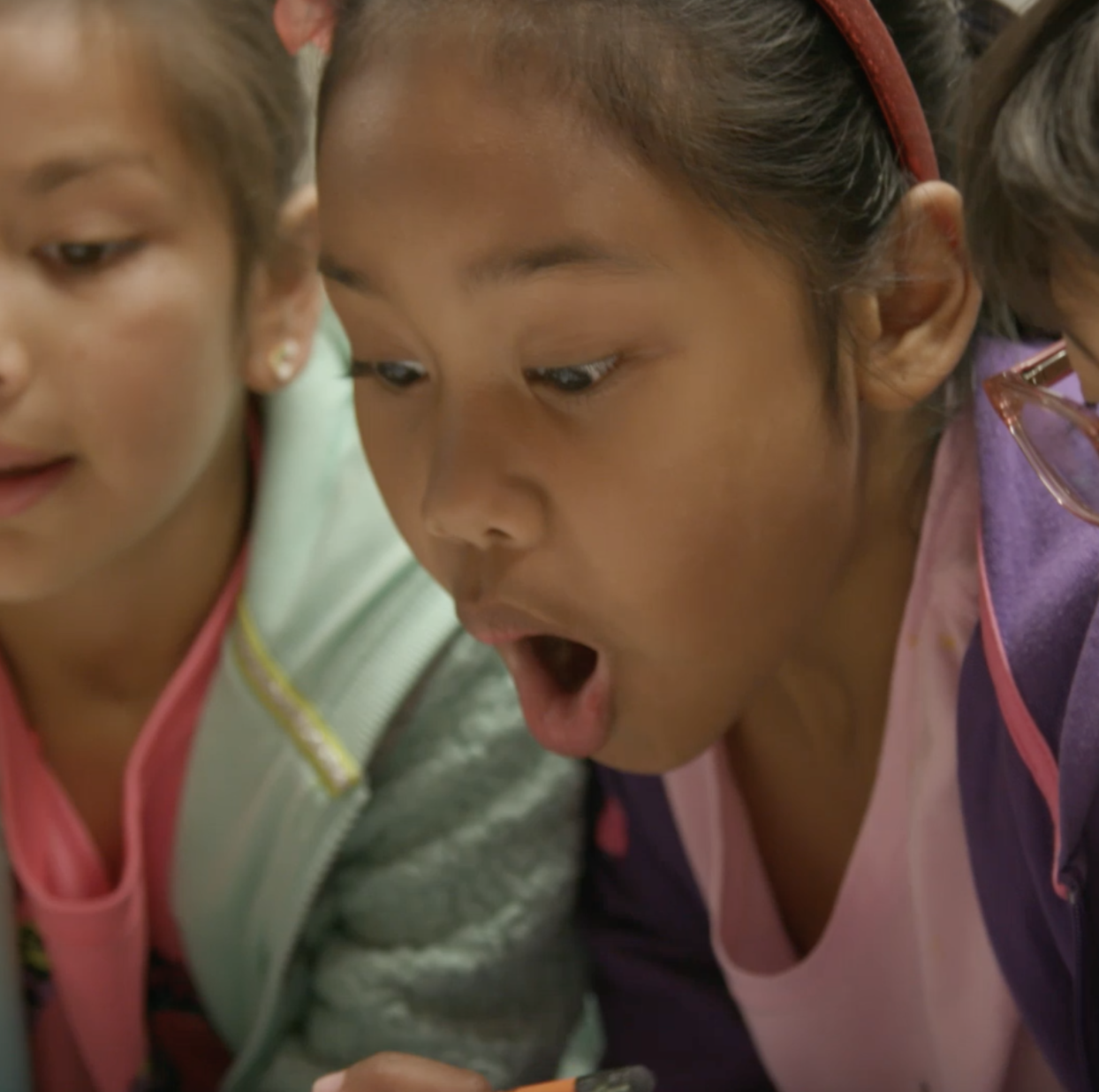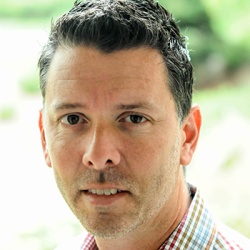
As Buck Institute National Faculty, I have the opportunity to work with educators from across the globe. When looking at any project, the topic of authenticity comes up continually as teachers wonder about how to make learning experiences “real” or “real-world” for students. Many times, the threshold is set with only one way to think about authenticity. I call these “Solving World Hunger” projects. These are the projects that take on a real local or global challenge and attempt to have students contribute to the solution. These types of projects take on large challenges like homelessness, renewable energy, or school violence. So yes, these are important and current topics and can lead to “real-world” projects, but this is only one way to look at authenticity.
Defining Gold Standard Authenticity
In the book Setting the Standard for Project Based Learning by John Larmer, John R. Mergendoller, and Suzie Boss, authenticity is described in four ways:
1. It meets a real need in the world beyond the classroom or the products students create are used by real people.
2. It focuses on a problem or an issue or topic that is relevant to students’ lives—the more directly, the better—or on a problem or issue that is actually being faced by adults in the world students will soon enter.
3. It sets up a scenario or simulation that is realistic, even if it is fictitious.
4. It involves tools, tasks, standards, or processes used by adults in real settings and by professionals in the workplace.
Number 1 above is where the “Solve World Hunger” project fits. However, the other three ways open the door for more opportunities to design learning experiences for students with authenticity in mind.
Gold Standard Authenticity in Action
Back in May, BIE released six videos from pre-k to high school of PBL units in action. Each video is about 7-10 minutes and provides an example of a project from beginning to end. If you haven’t, do watch them all. Regardless of your grade level or subject matter expertise, these videos are rich, practical examples of PBL.
These videos are great examples of Gold Standard PBL’s Essential Project Design Elements, one of which is authenticity. Below is one example for each of the authenticity categories. While I could choose multiple video examples for each category, just one is listed.
1. Meets a Real Need
High school chemistry - Water Quality Project
In a high school chemistry example, Rayhan Ahmed from Leaders High School in Brooklyn, NY, had students find the most effective corrosive inhibitors to support the water crisis in Flint, MI. In their research the students discovered that no one had published work identifying the most effective corrosive inhibitors. Ahmed’s chemistry class took on that challenge and contributed to scientific body of evidence and met a real world need.
2. Relevant to Students’ Lives
Grade 6 - March Through Nashville Project
Kimberly Head-Trotter takes her middle school students through an ELA/social studies project that connects to the civil rights movement in the 1960s in Nashville. Students did research and presented to local leaders and historians for feedback. One student remarked, “Nashville had a lot of history. It’s not all about country music.” The students walked away with a personal understanding of the importance of this movement and gained better knowledge about their home town.
3. Realistic scenario
High school history - Revolutions Project
Erin Brandvold at Impact Academy of Arts and Technology, Hayward, CA, had students conduct a mock trial. While the trial is a fictitious activity, students gained a deep understanding of how various historical revolutions may have helped or hurt the people of the nation.
4. Involves the Tools, Standards, and Process Used by Adults
Grade 3 – Tiny House Project
Cheryl Bautista at Katherine Smith Elementary in San Jose, CA, wanted students to engage in design and consider a “client’s” needs. With the right materials and budget, this project could have been a “Solving World Hunger” type of project. In 2013, High Tech High in San Diego did just that. They had 42 high school seniors go from design to actually constructing a tiny house. That did not deter these Bautista. Her third graders worked closely with an architect and used construction documents and scaled drawings to design a model. Even without making an actual tiny house, students used real design tools and processes.
Many of the PBL unit video examples could fall into multiple authenticity categories. In fact, most projects will have multiple elements. Use the Gold Standard Project Design Rubric the next time you are designing a project to make it a relevant and meaningful experience for your students.
We can all aspire to design “Solve World Hunger” projects, and I would suggest that you do as often as you can. However, we can also make our projects authentic in other ways such as including experts from the field, designing scenarios, or using topics important to our students’ lives. And who knows? Maybe the next set of videos will include your classroom.

